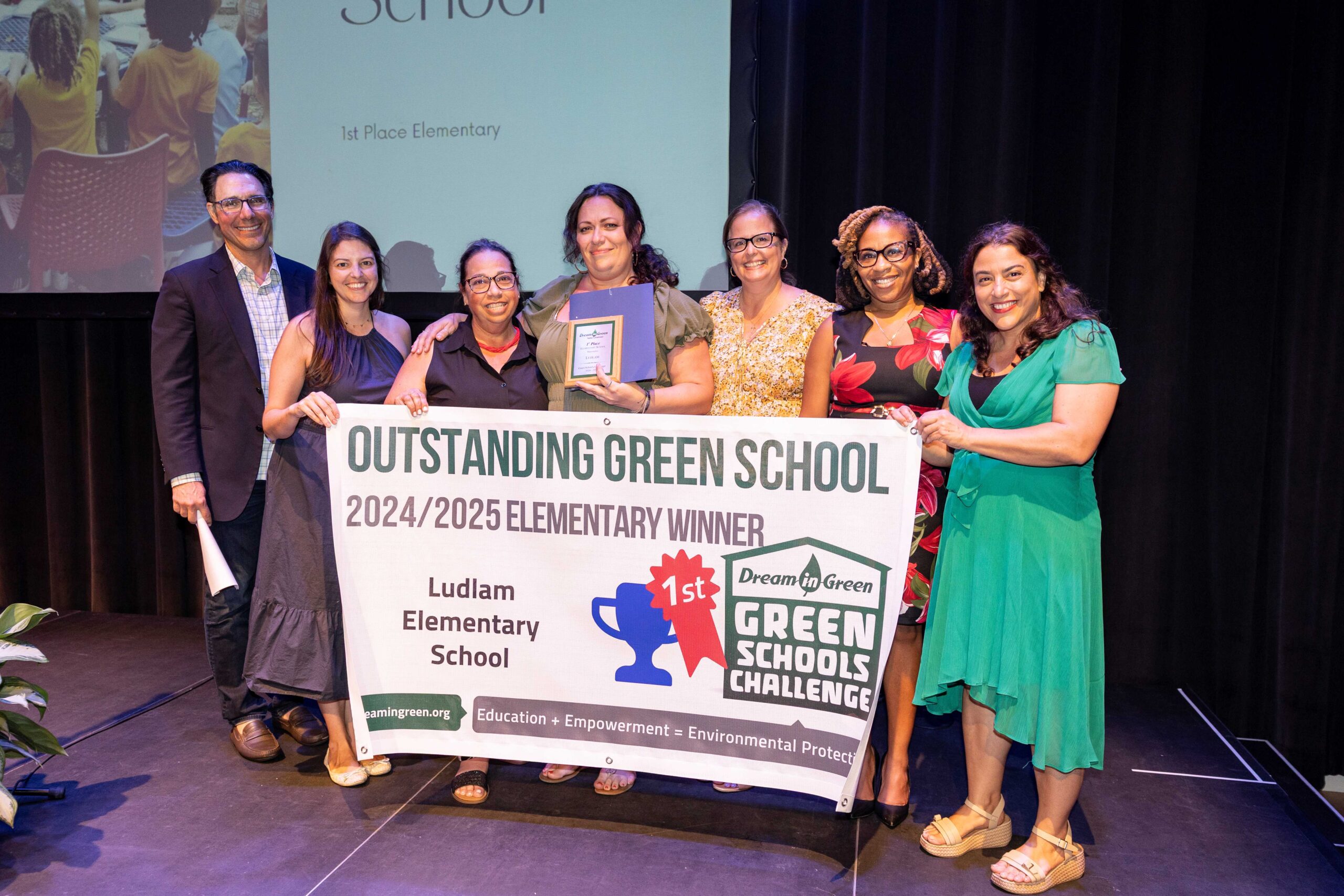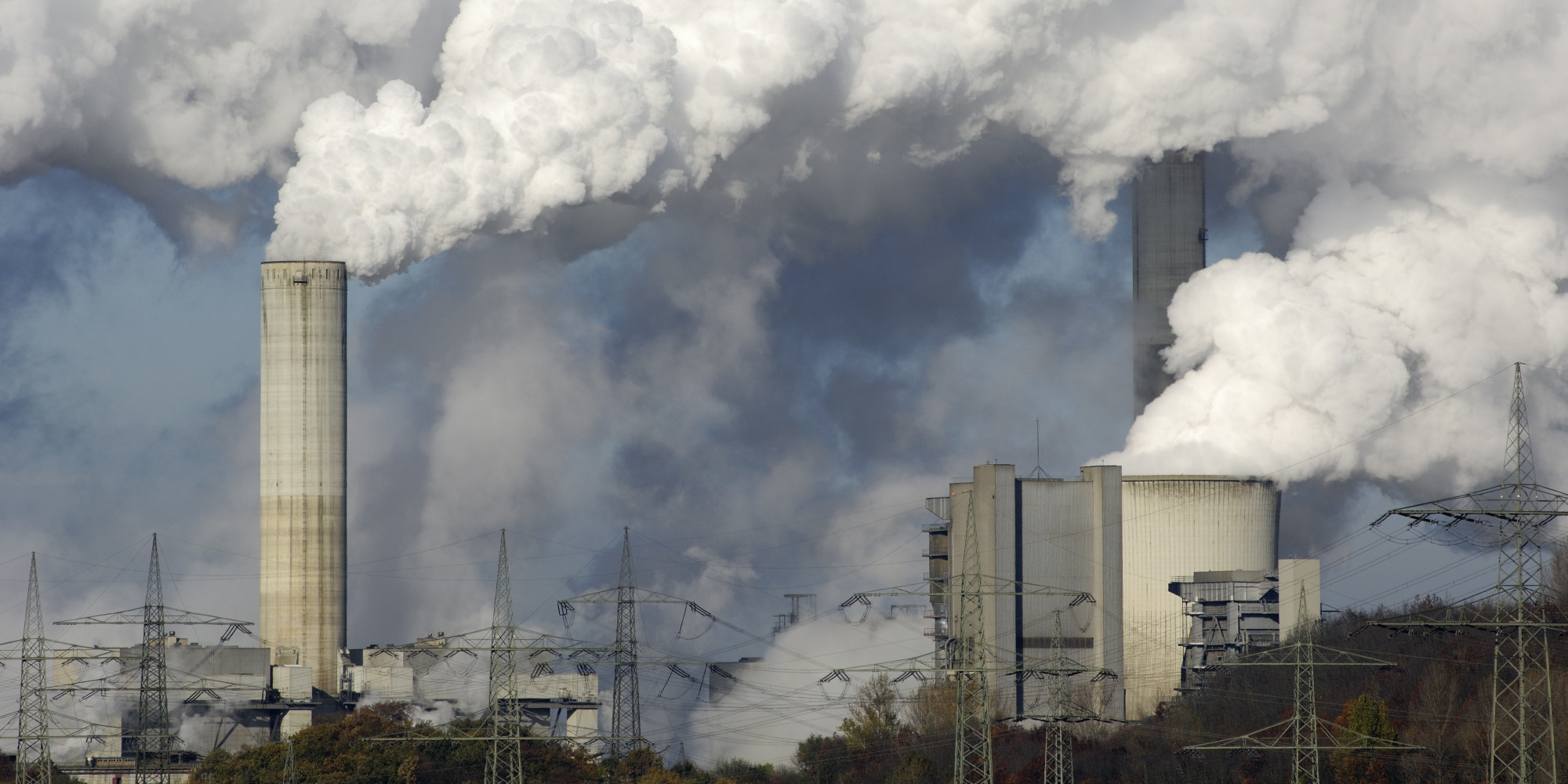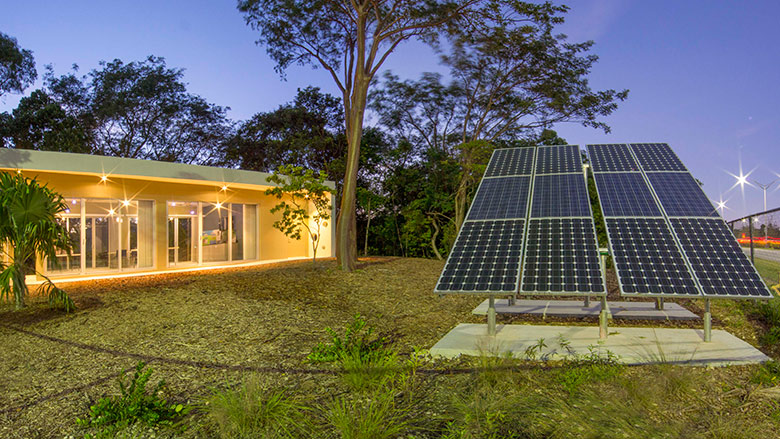“Building Green” essentially means designing and putting together a building that will last as long as possible, be as inexpensive as possible to operate (energy and water efficient, low maintenance, etc.), and with the highest quality of interior air- in regards to comfort and health- as possible, while creating as little waste as possible. In this regard, it could also be labeled, “Best Practices Construction,” because, quite frankly, doesn’t everyone want that? Once that connection is made, it is easy to understand why “Green” is becoming such a buzzword in the world of construction. My personal career has benefited greatly from people making that connection.
When I graduated from UF with a BS in Economics, I went to work in a construction industry I knew very little about. I grew in the company through the conventional Fortune 500 track- learning different facets of the business and getting relocated across the country in order to take available promotions. Two things coincided serendipitously: the company I worked for had what, at the time, they were branding as a “high performance home” program where no center point of any home was guaranteed to deviate more than 2°F from the set point temperature, and the home’s heating and cooling bills were guaranteed not go over a certain dollar value yearly, or the homeowner would be reimbursed the difference; and I ended up being relocated to California- a market that was already beginning to understand that high performing buildings are, in fact, green buildings. Once I became aware of that, my passions aligned and my career in green construction was born.
Nowadays, I work for OHL Building/Arellano Construction- a company that specializes in K-12, higher education, and healthcare construction – as the Director of Sustainability. Companies like mine, used to sophisticated customers in need of sophisticated construction, were the first to really embrace green construction. School buildings, for example, stand to gain enormously from green construction because every dollar they save on energy, water, and maintenance can be used to hire more teachers and buy more resources for our students. Moreover, high indoor air quality has been proven to reduce absenteeism and increase productivity in students, thereby increasing grade point averages. Green building is here to stay. How do I know? I’ve been attending green building seminars and conferences for a long time, and for years, I was the only director of sustainability I knew. Nowadays, though it is still a rare title that only the most sophisticated design and construction companies tend to have, I get great pleasure from meeting and networking with others with my same title that may or may not have followed similar paths, but are all being recognized by full-time, rewarding jobs in sustainability within their construction careers.





